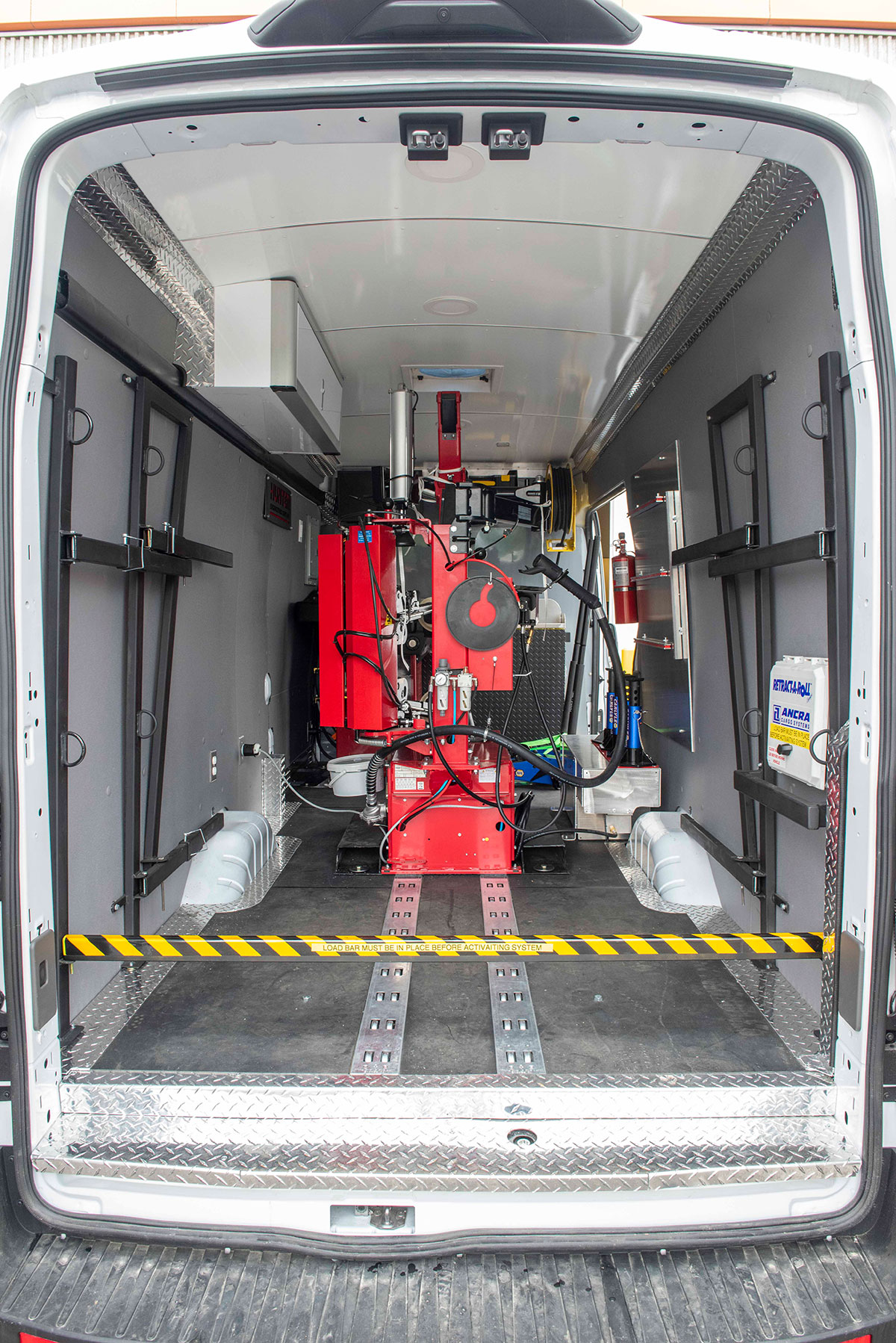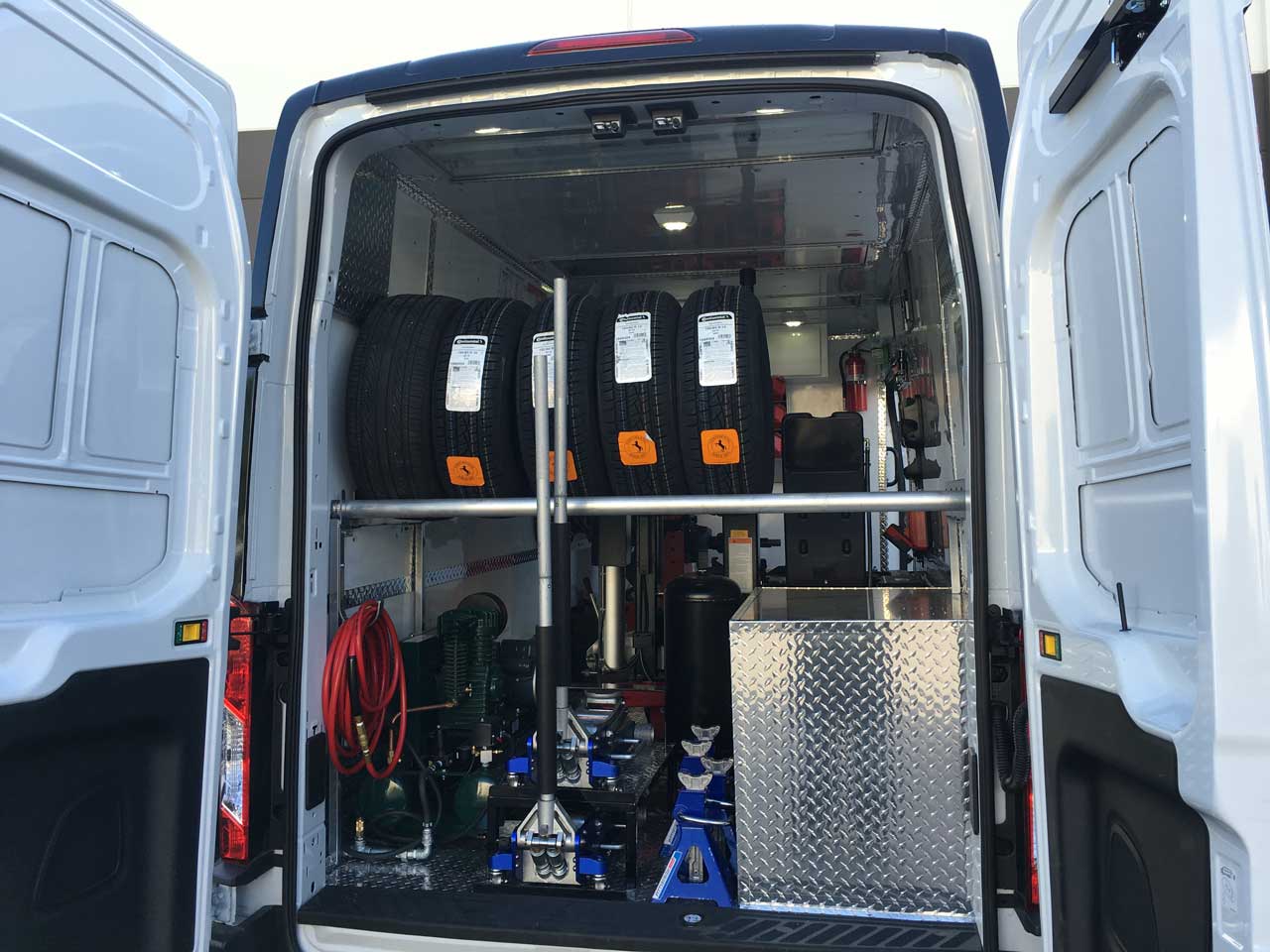Quick Response Mobile Tire Change Service in Las Vegas
Quick Response Mobile Tire Change Service in Las Vegas
Blog Article
Tire Service: Proven Approaches for Optimal Tire Upkeep and Care
Preserving optimal tire problem is paramount for both safety and security and performance of any kind of car. From guaranteeing correct tire pressure to normal rotation and positioning, there are tested methods that can dramatically extend the life-span of your tires and improve total driving experience. As we explore the ins and outs of tire care and maintenance, we will discover crucial standards that every vehicle proprietor need to abide by for the ideal feasible outcomes. Let's look into the world of tire service and find the keys to keeping your tires in top-notch form for the lengthy haul.
Importance of Tire Pressure
Proper tire pressure is an essential consider guaranteeing optimal car performance and security on the roadway. Keeping the advised tire stress degrees given by the supplier offers numerous advantages. Appropriate tire stress advertises much better gas effectiveness, as under-inflated tires can lead to boosted rolling resistance, triggering the engine to work more difficult and consume more fuel. Right tire pressure ensures also tread wear, boosting tire long life and saving cash in the long run by postponing the demand for premature substitutes. Furthermore, properly blew up tires contribute to boosted handling and braking capacities, critical for risk-free driving in numerous road problems. Over-inflated tires, on the other hand, can cause minimized traction and a harsher experience. Conversely, under-inflated tires are susceptible to overheating, which can bring about blowouts and crashes. Regularly changing and checking tire stress, especially eventually trips, is a basic yet efficient way to boost car efficiency, extend tire life-span, and prioritize security when driving.
Tire Turning Standards
When considering tire rotation standards, it is vital to understand the value of this maintenance job in optimizing tire life expectancy and keeping ideal vehicle performance. Tire rotation entails changing the placement of each tire on an automobile to ensure even step wear. Front tires often tend to wear more quickly than rear tires due to guiding forces, making normal rotation crucial for balanced wear patterns.

Benefits of Wheel Positioning
Making sure correct wheel alignment after tire rotation is important for keeping well balanced wear patterns and making the most of automobile efficiency. Wheel placement refers to the adjustment of the angles of the wheels to the manufacturer's requirements. One of the essential benefits of wheel alignment is enhanced guiding and taking care of feedback. When the wheels are properly aligned, it reduces steering effort, guaranteeing a smoother and much more regulated driving experience. Additionally, correct wheel alignment helps to extend the lifespan of your tires. Misaligned wheels can cause irregular tire wear, leading to premature tire substitute and raised upkeep prices.

Tire Footstep Deepness Check
Doing a routine assessment of tire walk depth is essential for keeping risk-free driving problems and extending the lifespan of your tires. Irregular walk wear can show problems with tire stress, suspension, or positioning, highlighting the importance of routine tread deepness checks. By incorporating tire walk depth checks right into your routine upkeep schedule, you can drive with self-confidence knowing that your tires are in leading visit their website problem.
Seasonal Tire Evaluation
Seasonal tire inspection is a fundamental facet of tire upkeep that makes sure tires are prepared to face the challenges postured by various weather condition conditions. In prep work for winter season, it is vital to check the tire stress regularly as cool temperatures can cause tire stress to drop. By conducting regular seasonal tire examinations, motorists can prolong tire lifespan, boost gas efficiency, and most notably, make sure a secure driving experience in differing weather condition conditions.
Verdict
In final thought, maintaining correct tire pressure, rotating tires consistently, lining up wheels appropriately, monitoring tread depth, and performing seasonal inspections are crucial practices for optimum tire care. By complying with these proven techniques, drivers can ensure their tires last longer, execute much better, and add to overall automobile safety and security. It is necessary to focus on tire maintenance to avoid accidents, enhance gas efficiency, and extend the life expectancy of tires.
Sufficient tire pressure advertises far better fuel effectiveness, as under-inflated tires can lead this hyperlink to raised rolling resistance, causing the engine to work more challenging and eat more fuel.When thinking about tire turning guidelines, it is vital to recognize the importance of this maintenance task in maximizing tire lifespan and preserving ideal automobile efficiency. Seasonal tire inspection is a fundamental aspect of tire maintenance that ensures tires are ready to encounter the challenges posed by various weather conditions. By performing routine seasonal tire examinations, motorists can extend tire life-span, boost gas effectiveness, and most importantly, make certain a secure driving experience in varying weather condition conditions.
In conclusion, maintaining proper tire pressure, rotating tires on a regular basis, aligning wheels correctly, keeping an eye on walk depth, and conducting seasonal inspections are essential practices for optimum tire treatment.
Report this page